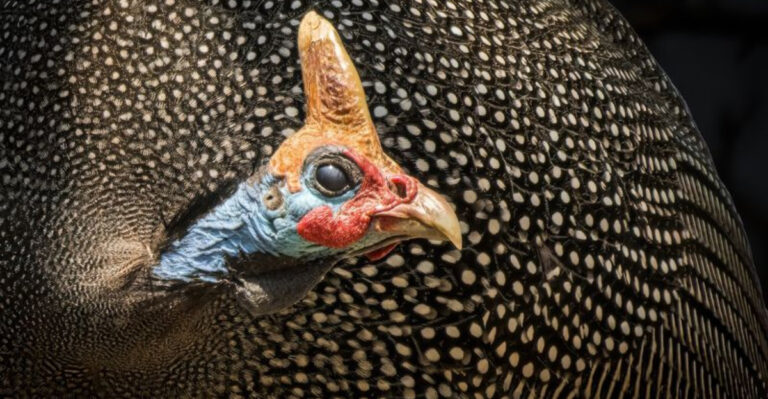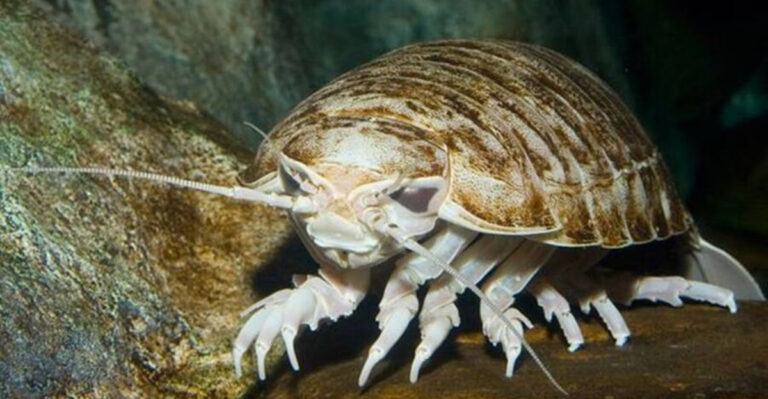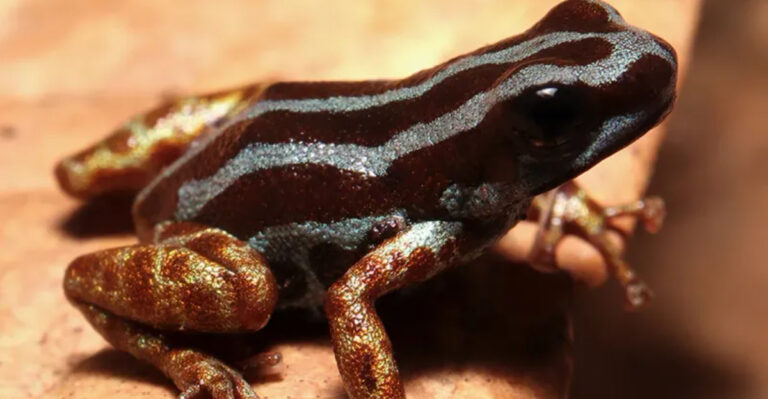10 Most Lethal Red Animals You Should Never Touch

Nature often warns us about danger through bright colors, and red is one of the most common warning signs. Some of the world’s deadliest creatures sport this vibrant hue, signaling potential harm to those who get too close.
From venomous spiders to toxic frogs, these crimson-colored creatures pack a powerful punch that can lead to serious injury or even death.
1. Redback Spider
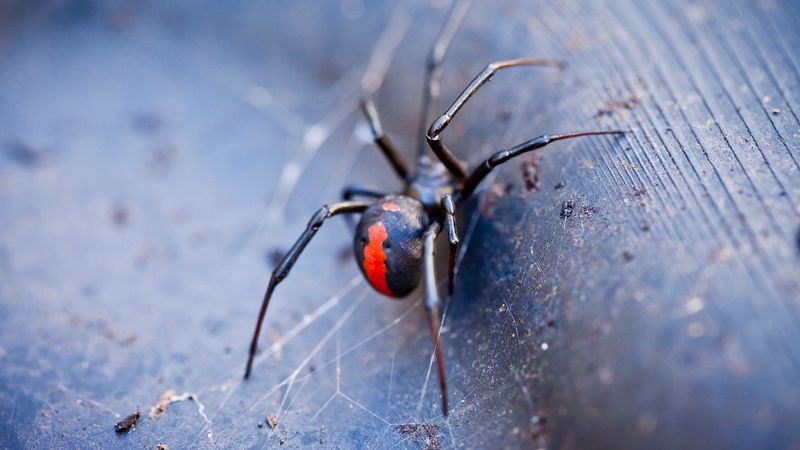
Lurking in Australian gardens and homes, these small arachnids pack a venomous punch that can cause excruciating pain. The female’s distinctive red stripe makes it easy to identify but hard to forget.
Victims experience intense sweating, nausea, and muscle weakness after a bite. Without antivenom treatment, severe cases can lead to hospitalization or even death, especially in children and elderly people.
2. Fire Ants
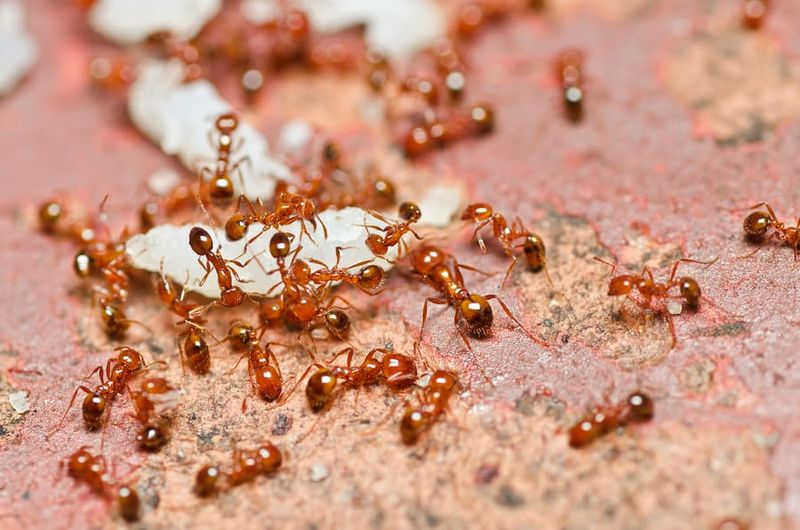
Reddish-brown and deceptively small, fire ants deliver a sting that feels like a match held to your skin. A single ant is troublesome, but these insects attack in coordinated swarms when their colony is disturbed.
Their venom contains alkaloids that create burning blisters and can trigger life-threatening anaphylactic shock in allergic individuals. Hundreds die yearly from severe reactions to these aggressive defenders.
3. Coral Snake
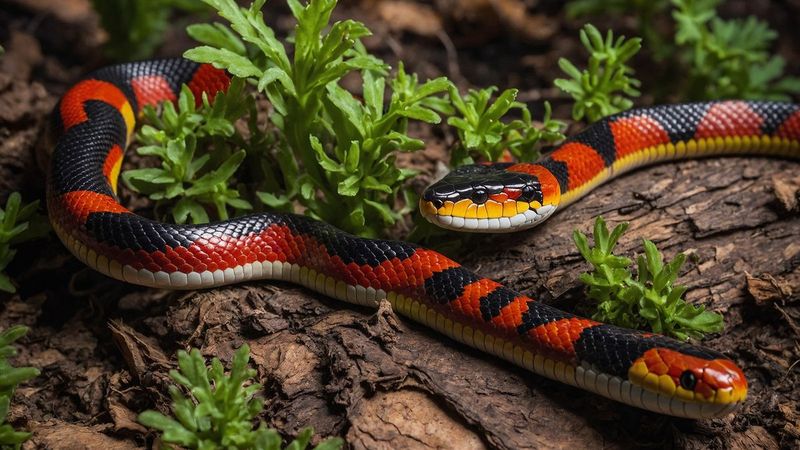
Remember the rhyme: “Red touch yellow, kill a fellow.” This brightly banded serpent’s beauty masks its deadly nature. Unlike pit vipers, coral snakes have small fangs but extremely potent neurotoxic venom.
Their bite might seem minor initially, but symptoms progress rapidly to slurred speech, muscle paralysis, and respiratory failure. Without prompt medical intervention, victims face a high mortality rate from this colorful killer.
4. Box Jellyfish
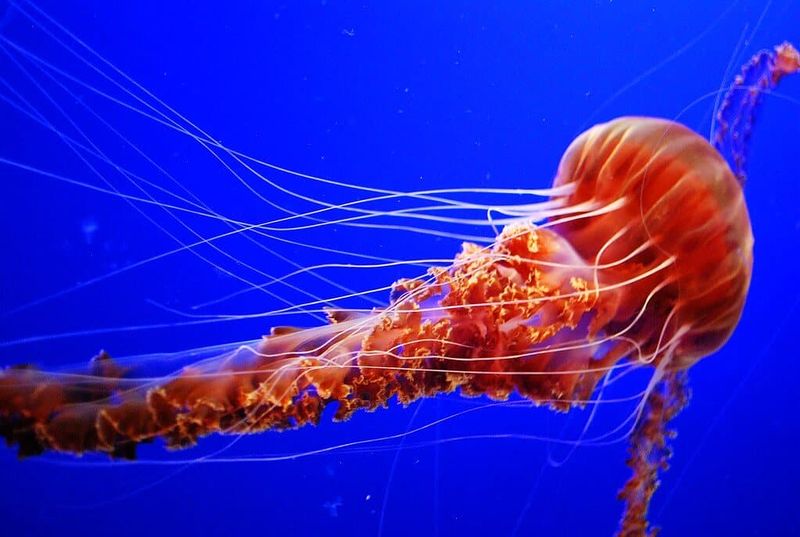
Ghostly transparent with reddish tentacles, the box jellyfish haunts tropical waters with deadly efficiency. Each tentacle contains millions of microscopic stinging cells that inject venom on contact.
Victims experience immediate excruciating pain followed by cardiac distress and potential drowning. Australia’s deadly variety can kill within minutes, making them responsible for more human deaths than sharks and crocodiles combined.
5. Indian Red Scorpion
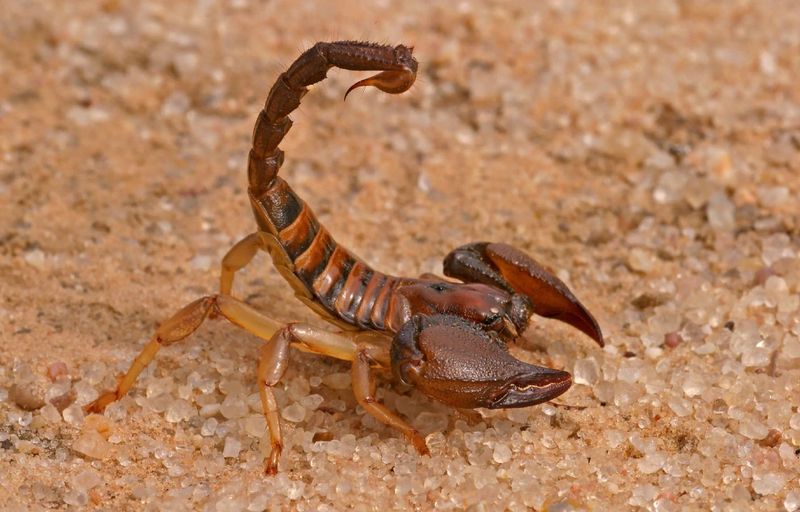
Brick-red and barely three inches long, this unassuming scorpion is among the deadliest on Earth. Found in rural areas across India, its powerful venom affects the cardiovascular and pulmonary systems simultaneously.
Children stung by these scorpions often develop pulmonary edema, severe hypertension, and heart rhythm abnormalities. Despite its small size, this crimson creature claims hundreds of lives annually in regions with limited medical access.
6. Red Poison Dart Frog

Barely the size of your thumbnail, these brilliant crimson amphibians carry enough poison to kill ten grown men. Their skin secretes batrachotoxin, a substance so potent that indigenous Amazonian tribes use it to tip hunting darts.
Just touching these frogs can transfer toxins through tiny cuts in your skin. Their vibrant color isn’t artificial bravado—it’s nature’s honest warning that this tiny creature packs a lethal punch few predators survive.
7. Red Krait (Snake)

Slithering through Southeast Asian forests, the crimson-banded krait delivers one of the most potent venoms in the snake kingdom. Unlike its aggressive cousins, this serpent prefers avoiding confrontation—until cornered.
Many bites occur while victims sleep, as kraits sometimes enter homes seeking warmth. Their venom causes minimal pain initially, leading to delayed treatment, but gradually paralyzes the respiratory system. Without antivenin, death occurs through suffocation as breathing muscles fail.
8. Red Widow Spider
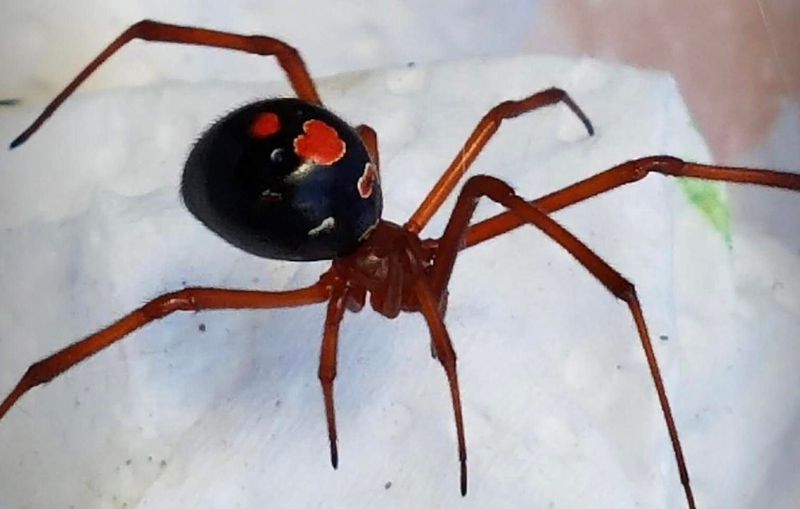
Confined to Florida’s sand pine scrub habitats, the rarely-seen red widow spider carries venom comparable to its infamous black relative. Its reddish-orange cephalothorax and distinctive hourglass marking serve as nature’s danger sign.
Bites deliver neurotoxins that attack the nervous system, causing intense pain, muscle cramping, and potential respiratory complications. Though human encounters are uncommon, this arachnid’s isolated habitat has prevented thorough study of its venom’s full effects.
9. Fire Salamander
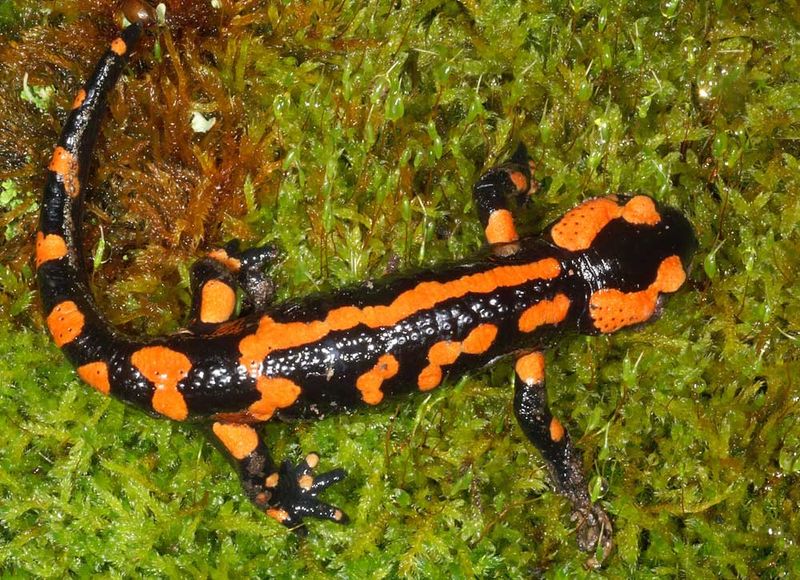
Sporting fiery red-orange patches against glossy black skin, the fire salamander appears almost artificial in its vibrant warning display. This European amphibian secretes a potent neurotoxin called samandarin from specialized glands across its body.
Handling these creatures can result in severe irritation, muscle convulsions, and hypertension. Ingestion of the toxin proves fatal to most predators and potentially humans. Ancient myths claimed they could survive fire—the real danger is touching their toxic skin.
10. Red-Banded Poison Arrow Frog
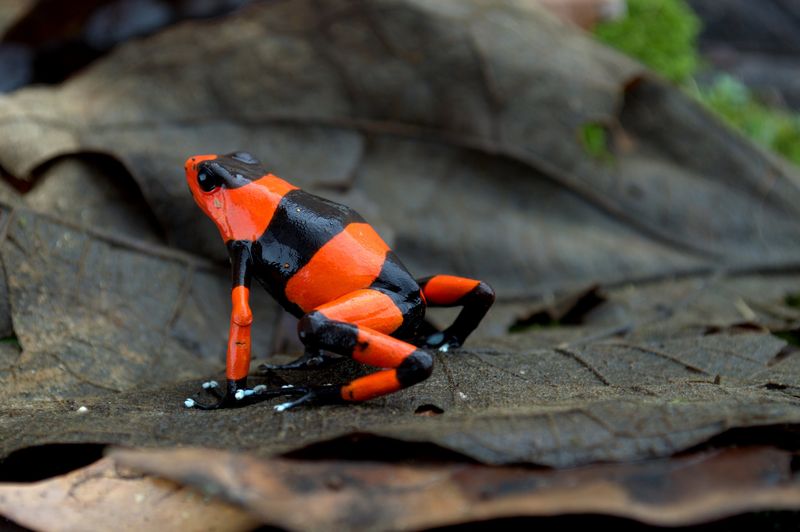
Found in Colombia’s rainforests, this strawberry-hued amphibian carries batrachotoxins so concentrated that indigenous tribes have historically harvested them for weapon use. A single frog contains enough poison to kill 20,000 mice.
Unlike some toxic creatures, these frogs don’t inject venom—they passively transfer it through skin contact. Their diet of specific beetles and ants creates their toxic arsenal. In captivity, they lose toxicity, proving their deadly nature comes from their wild diet.

